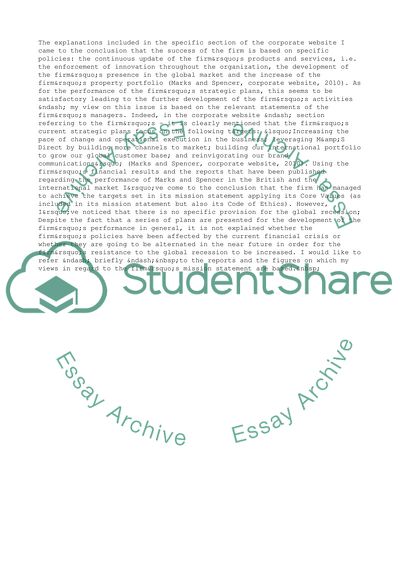Cite this document
(Marks and Spencers Corporate Identity Case Study, n.d.)
Marks and Spencers Corporate Identity Case Study. https://studentshare.org/business/1735816-corporate-identity-learning-diary
Marks and Spencers Corporate Identity Case Study. https://studentshare.org/business/1735816-corporate-identity-learning-diary
(Marks and Spencers Corporate Identity Case Study)
Marks and Spencers Corporate Identity Case Study. https://studentshare.org/business/1735816-corporate-identity-learning-diary.
Marks and Spencers Corporate Identity Case Study. https://studentshare.org/business/1735816-corporate-identity-learning-diary.
“Marks and Spencers Corporate Identity Case Study”. https://studentshare.org/business/1735816-corporate-identity-learning-diary.


